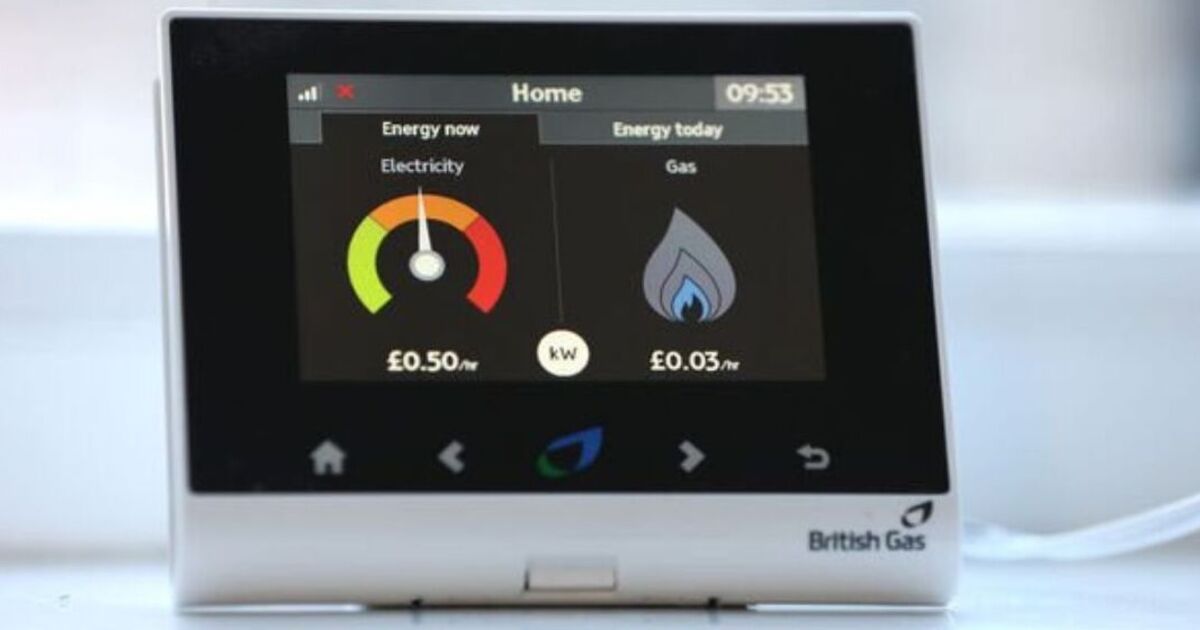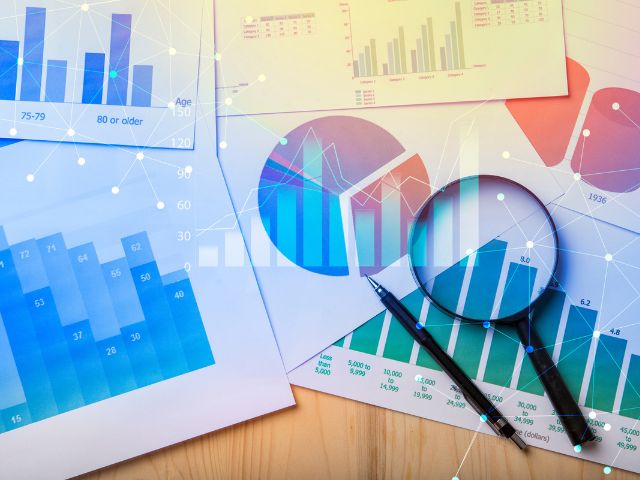

The rollout of smart meters to every home in the country has become a mess – another UK infrastructure project that is massively over budget and behind schedule.
The idea of smart meters is appealing in that – in theory – they allow householders to see in real time how much electricity and gas they are using.
Importantly, suppliers are also able to get up to the minute details of usage and they can send out accurate bills.
The tech does away with the army of meter readers and dreaded estimated bills.
However, the theory has failed to materialise for millions of these meters, installed at vast expense through a levy on bills, do not work.
The total number listed as ‘dumb’ has risen from 2.7 million last summer to 3.98m by the end of 2023.
The increase may have been inflated by improvements in recording meter performance, however it is clear that millions are not working and will have to be upgraded or replaced.
The initial budget of £13.5 billion has already been bust with the final bill expected to be billions higher.
The original plan was to complete the task by 2019, however this has been pushed back to 2025 and is likely to take longer.
Smart meters are next-generation meters – you get one each for gas and electricity.
Households get monitors to see how much energy they are using and the cost. Automatic meter readings are provided to suppliers to provide accurate monthly bills. In theory there are no more estimated bills.
There are two different models of smart meters – SMETS 1 and SMETS 2.
SMETS 1: This is the first generation of smart meter technology. They communicate with the energy supplier over the 3G mobile network.
SMETS 2: These second generation smart meters use their own communications systems which sends usage data to a central hub, which all suppliers have access to.
Most of the issues are associated with first generation SMETS 1 meters.
It is difficult to identify these, however if the serial number on the meter starts with ‘19P’ then it is a first-generation or SMETS1 smart meter. If the serial number starts with ‘19M’ then it is a second-generation or SMETS2 smart meter.
Alternatively, you can try using Citizens Advice’s handy smart meter checker tool.
The fact that SMETS 1 meters communicate with the supplier over the 3G mobile network means they can be unreliable. The signal can fail effectively killing communication with the supplier.
The 3G communication system is generally linked to a specific supplier. This means if the customer switches, their new supplier is unable to link to the meter.
As a result, this smart meter becomes dumb and householders find they are sent estimated bills, raising questions over accuracy and fairness.
Repairing or upgrading SMETS 1 meters via remote signals sent over the mobile phone network is difficult.
Sending in engineers to upgrade or replace them requires householders to be at home, take time off work, which is disruptive.
SMETS 2 meters work in partnership with all suppliers via a central data hub.
A supplier taking on a new customer should be able to see all the usage and meter readings.
At the same time, the home display monitor should show the usage and charges of the new supplier.
The plan is for SMETS 1 meters to be remotely upgraded with software to allow them to meet SMETS 2 specifications and be connected to the central network.
It was originally due to be completed by the end of 2020, but there have been numerous delays.
Householders should contact their supplier to find out when their smart meter will be upgraded.
A poll by Moneysavingexpert.com found 25.5 percent had a bad experience around installation. Some 22.4 percent reported the meter had gone ‘dumb’.
Given these concerns some 44 percent of people who do not have a smart meter said they did not want one.
By contrast, 47 percent of those who have a smart meter like the fact they no longer need to take readings and 32.5 percent said they are good for tracking and reducing usage.
All energy suppliers are required to fit the meters in homes and businesses. They face fines if they fail to hit installation targets.
Finding the necessary qualified engineers to complete the task has proved difficult.
Generally, you will be contacted by your supplier if they are installing the meters in your area.
24World Media does not take any responsibility of the information you see on this page. The content this page contains is from independent third-party content provider. If you have any concerns regarding the content, please free to write us here: contact@24worldmedia.com

5 Tips for Giving Cooking Lessons to Your Children

Tips for Increasing Teamwork in Your Office Environment

5 Tips for Starting a Successful Dump Truck Business

The Importance of Market Research to Your Brand

DWP benefit could boost income by £393 – check eligibility | Personal Finance | Finance

Firm’s £420 lock as Martin Lewis warns Three, O2, Vodafone & EE users | Personal Finance | Finance

Next shrugs off poor weather with forecast beating sales growth | City & Business | Finance

British Gas, EON and EDF customers to get £219 summer boost | Personal Finance | Finance

Scotland’s economy shrank by 0.3% in February, GDP figures show | Personal Finance | Finance

Ryan’s Team asks Southold to display ‘988’ signs

DWP handing out up to £865 in Household Support Fund cash | Personal Finance | Finance